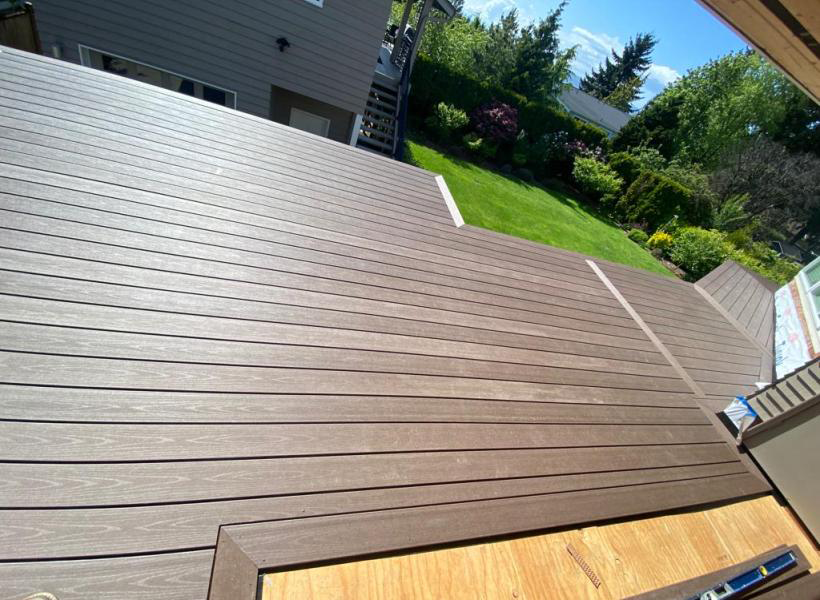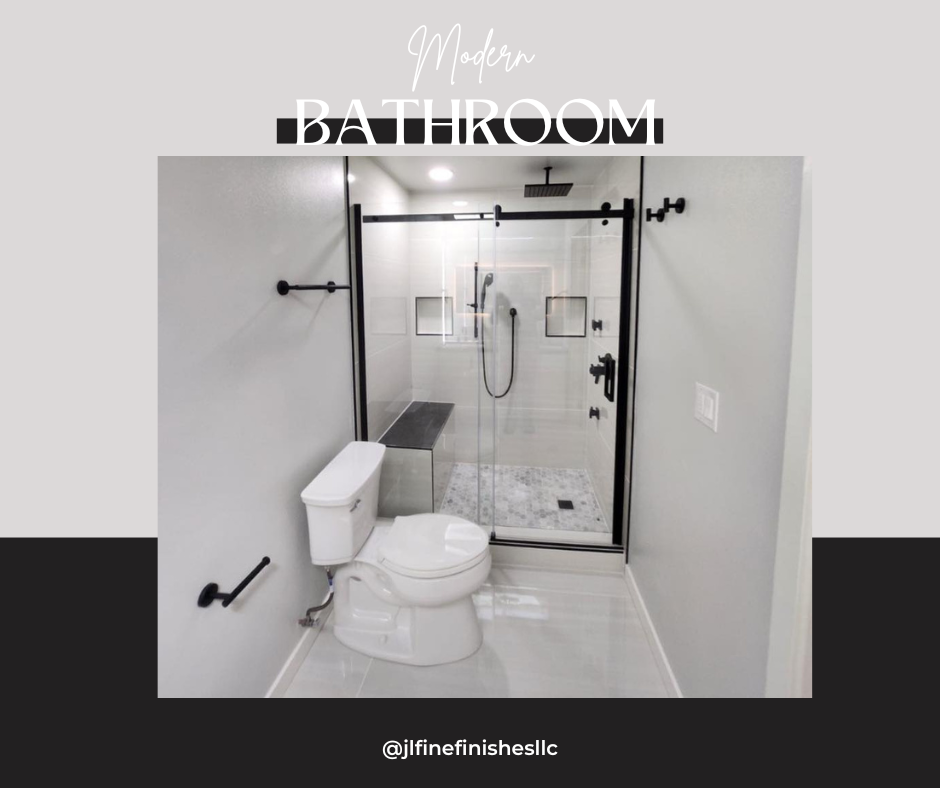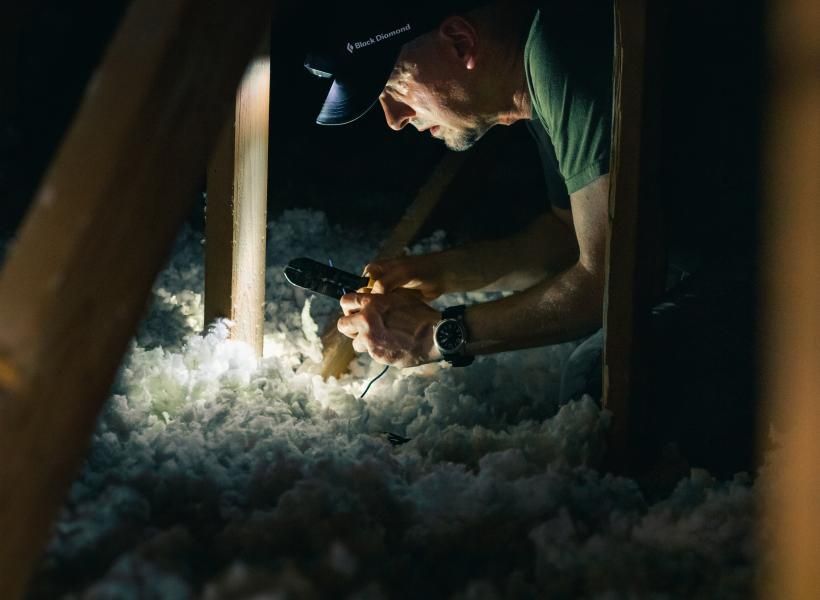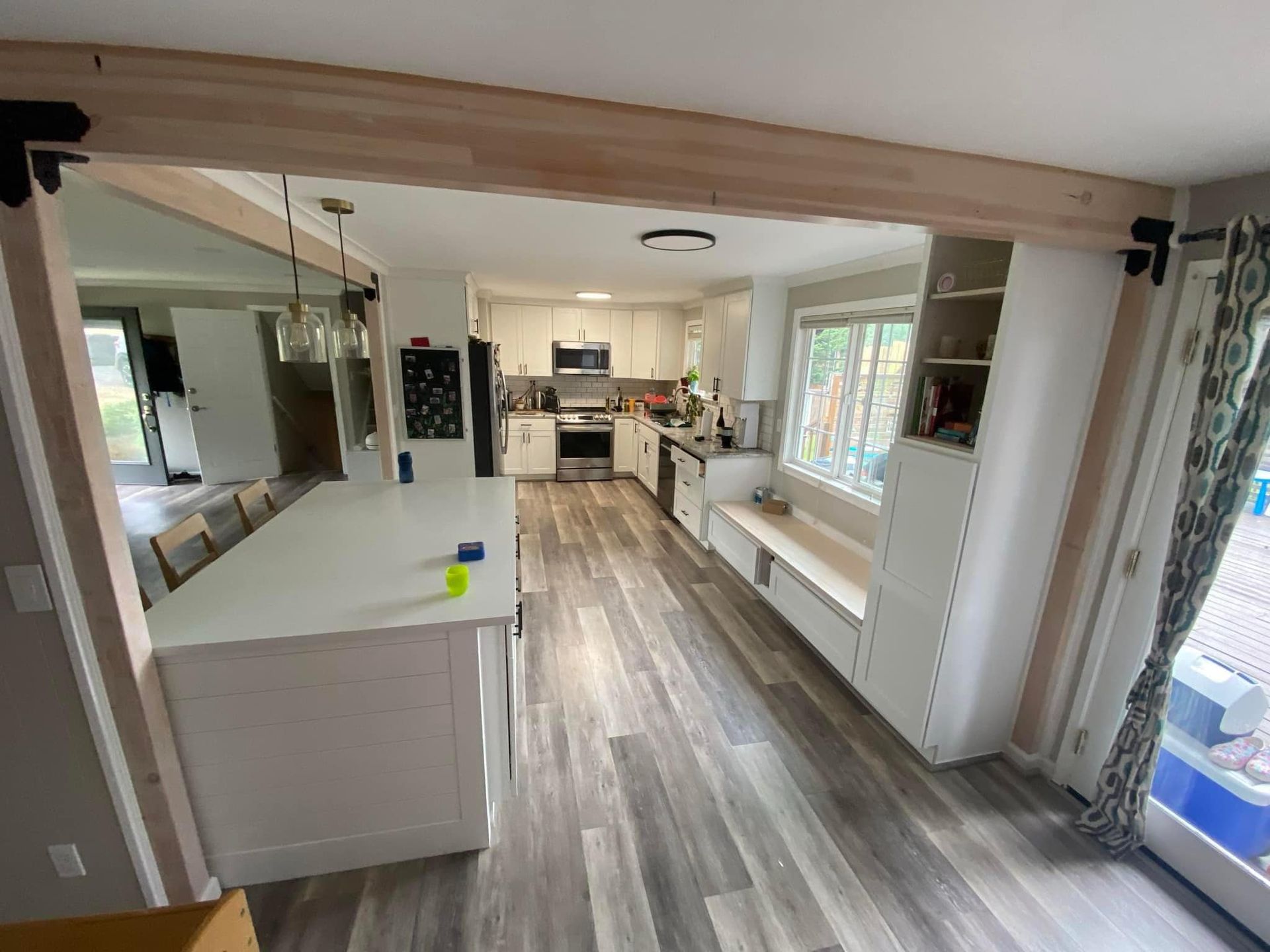Call Us Today! 425-240-4515
Serving Seattle & Surrounding Areas
office.jlfinishes@gmail.com
Call Us Today! 425-240-4515
Serving Seattle & Surrounding Areas
Post Title

As the warmer months approach, many homeowners begin to think about improving their outdoor living spaces. One popular option for enhancing outdoor areas is composite decking. In recent years, composite decking has become increasingly popular due to its many benefits and advantages over traditional wood decking. In this blog post, we will explore the benefits and advantages of using composite decking for your outdoor living space.
1.
Durability: Composite decking is made of a combination of wood fibers and plastic, which makes it extremely durable and resistant to rot, decay, and insects. Unlike wood decking, composite decking does not require regular staining, sealing, or painting to maintain its appearance and functionality.
2.
Low Maintenance: One of the biggest advantages of composite decking is its low maintenance requirements. Unlike wood decking, composite decking does not require regular staining, sealing, or painting to maintain its appearance and functionality. Composite decking can be easily cleaned with soap and water or a power washer, which makes it an ideal choice for homeowners who want to spend more time enjoying their outdoor living space and less time maintaining it.
3.
Variety: Composite decking comes in a variety of colors, styles, and textures, which makes it easy to find the perfect match for your outdoor living space. Whether you are looking for a traditional wood look or a modern, contemporary design, there is a composite decking option that will suit your needs.
4.
Eco-Friendly: Composite decking is made of recycled materials, which makes it an eco-friendly choice for homeowners who are concerned about their environmental impact. Additionally, composite decking does not contribute to deforestation, which is a major concern with traditional wood decking.
5.
Safety: Composite decking is slip-resistant, which makes it a safer option for outdoor living spaces. Unlike wood decking, composite decking does not become slick when wet, which reduces the risk of slips and falls.
6.
Longevity: Composite decking has a longer lifespan than wood decking. While wood decking may last 10-15 years, composite decking can last up to 25 years or more with proper care and maintenance.
In conclusion, composite decking is an excellent choice for homeowners who want to enhance their outdoor living spaces. With its durability, low maintenance requirements, variety of styles, eco-friendly materials, slip-resistance, and longevity, composite decking is a smart investment that will provide years of enjoyment and functionality. If you are considering a decking upgrade, be sure to explore the many benefits and advantages of composite decking.






Contact Information
Phone: 425-240-4515
Email: office.jlfinishes@gmail.com
Business Hours
- Mon - Fri
- -
- Sat - Sun
- Closed
Business itself work from 7:00 am - 7:00 pm, but that it is only if employees are carrying any kind of job, to request a job it is normal business hours.
By appointment only












Browse Our Website
Our Area of Service


